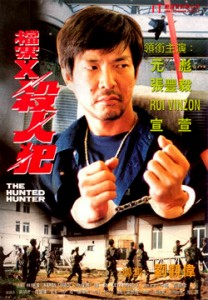
"The Hunted Hunter" Chinese Theatrical Poster
Director: Ricky Lau
Writer: Foh Ging-Yiu
Producer: Shum Wai Chung Wai-Shing
Cast: Yuen Biao, Zhang Feng-Yi, Roi Vinzon, Jessica Hester, Jerry Lamb Hiu-Fung, Karen Timbol, Michael Lam Wai-Leung, Wu Ma, Chung Fat, Levy Ignacio, Ricky Lau, Shum Wai
Running Time: N/A
By Paul Bramhall
During the 90’s, it was considered an unspoken rule that the Philippines was the place were the careers of Hong Kong action stars go to die. Philip Ko Fei, Cynthia Khan, and Yukari Oshima all made several movies there, with Yukari Oshima even going so far as to adopt a new Filipino stage name – Cynthia Luster. Few who made a movie in the Philippines ever made it back to Hong Kong to recapture their former glory, with perhaps the exception of Donnie Yen, who after making High Voltage in 1994, went on to become the most bankable action star in China. That’s some turnaround. Yuen Biao wasn’t quite so lucky, and Hunted Hunter could in many ways be considered the last movie that cast him as the headlining star, and yes it’s made in the Philippines.
At the helm is director Ricky Lau, here teaming up with Biao for a second time, having previously made Mr. Vampire 2 together 12 years prior. Lau directed all of the Mr. Vampire movies, along with several other supernatural themed kung fu flicks, such as Where’s Officer Tuba?, Encounters of the Spooky Kind 2, and Ghost Punting, all of which starred Sammo Hung. Much like Biao, a look at Lau’s filmography post-1997 shows hardly any titles of note, a sign of both their careers being on a downward spiral at the time.
It’s worth mentioning that Biao himself had already worked in the Philippines at this point, having made Tough Beauty and the Sloppy Slop (alongside the previously mentioned Cynthia Khan) a couple of years earlier. However Hunted Hunter seems to be an even lower budget production, with the look and feel being the very definition of ‘cheap’. The language issues don’t help, with the audio transitioning awkwardly between Mandarin (note: the original Chinese audio is Cantonese, however the only DVD release is Mandarin only) and heavily accented Filipino English. If you thought the gwai lo performances found in many an 80’s Hong Kong movie were bad, what’s on display here makes them look almost Oscar worthy in comparison.
The plot itself is essentially a rehash of The Fugitive, with Biao playing the head of security for a corporate building (which I guess makes him a hunter?) that discovers the murdered body of a female office worker. After the murderer escapes, leaving Biao as the only person in the building, he’s found guilty of murder and sentenced to death. Cue the entrance of a pair of Filipino cops, played by locally popular Filipino action star Roi Vinzon, and an incredibly annoying Karen Timbol. Vinzon and Timbol are clearly speaking English, but they bizarrely seem to have been over dubbed in heavily accented Chinese English.
Things get stranger once the action moves to Hong Kong, where they’re accompanied by a translator, but then without any explanation begin speaking perfect Chinese. There’s logic in there somewhere, as it becomes clear that the person dubbing them in English, is now the same person dubbing them in Chinese. It’s amazing that the one piece of coherency the filmmakers seemed to pay any attention to was the voices of the two Filipino actors. Most humorously though, is that the move back to Hong Kong is quite clearly just Chinatown in Manila. Even for a viewer who has never been to Hong Kong or Manila, I somehow doubt many people would mistake the filming locations for Hong Kong, but it’s a commendable attempt at some globe trotting.
Really though, with almost any Yuen Biao movie, we’re checking in for the action. Hunted Hunter has it, although the quality of it varies greatly, most of which I’d hesitate to add is no fault of Biao’s himself, nor choreographer Yuen Bo. The plot moves along quickly, and a little over 10 minutes in Biao launches an exciting escape attempt from prison, while being pursued by several guards. It’s surprisingly violent, with Biao at one point wielding a police baton in each hand and putting the beat down on one of the guards, as well as unleashing with a shotgun.
However a number of his other action sequences are frustratingly filmed using the step-printing technique that was so popular in the mid-90’s. For those unfamiliar, it’s a technique which basically makes the image move in a kind of blurred semi-slow motion. In short, not the best technique for filming action. Mid-way through Biao has a chase sequence up against multiple attackers in a shopping mall, that contains a great stunt in which he literally jumps from one floor of the mall to the other. Later on he also faces off one-on-one against a knife wielding Michael Lam, however both of these sequences are filmed using the technique, which seriously impairs the impact and sense of movement the action should deliver.
What’s more frustrating is that at one point Roi Vinzon storms into a drug lab, and single handedly throws down against the melee of workers inside – and it’s filmed perfectly, with some nice angles to capture the impact. So the internationally unknown Filipino star has his fight scene competently filmed, but one of the greatest physical talents to ever grace the screen has his action obscured by blurred frame rates. It’s not all bad though, despite being shot at night there’s a great stunt that sees Biao jump out of a 5th floor window, and there’s a rooftop chase sequence which is filmed well, despite the landing mats being in plain view in a couple of shots. Vinzon and Biao also get a chance to have a one on one fight, which is free of any slow motion, and it contains some good impacts.
Outside of the action, there’s some notable Hong Kong talent surrounding Biao. Wu Ma shows up as a pony tail sporting bad guy (perhaps inspired by Vinzon, who also sports one), and Jessica Suen plays Biao’s estranged wife who does her best to help him out. Zhang Feng Yi plays the HK cop on Biao’s trail in ‘Hong Kong’, and Chung Fat turns up as one of Ma’s henchmen. The bad guys in Hunted Hunter definitely earn their villain status, as there’s a couple of scenes when things get particularly nasty. One scene has Michael Lam beating the living daylights out of Jessica Suen, which culminates in him pushing a needle down one of her finger nails, and another scene has Biao having a live drill being pushed into his mouth.
Thankfully both Biao and Suen survive their respective ordeals, and Hunted Hunter culminates in what’s ultimately an entertaining 15 minute finale. Most of it consists of what can only be classed as an equally epic and hilarious shootout. The cops storm the ship were the bad guys are hiding out, and unleash a never ending stream of bullets, into an endlessly regenerating stream of identically suited lackeys. It’s completely goofy, however the kinetic energy of it makes the complete lack of logic behind it forgivable. At the same time Biao takes on both Chung Fat and Levy Ignacio, before the fight segues into a 2 on 2 once Vinzon joins in, with Biao left to take on Ignaco and Vinzon against Fat. The fight is thankfully free of any camera trickery, and contains plenty of collateral damage in the form of broken tables and boxes. It’s a worthy enough final showdown, although not one that anybody is likely to mistake for Biao’s best work.
In the same year as Hunted Hunter Biao would also star as a villain in the Shaw Brothers movie Hero, a role which he’s fondly remembered for. Put side by side, the 2 movies look like they’re from completely different era’s, and while both have Biao showing that physically he still had it, increasingly there seemed to be a shortage of movies that could be tailored to show them off. On the bright side, with a recent resurgence in the Filipino film industry, it’s no longer considered to be the place were HK action stars go when the offers have dried up locally, it’s just a shame that the same resurgence can’t be applied to Biao’s career.
Paul Bramhall’s Rating: 6/10
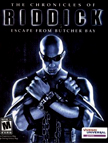 5. Chronicles of Riddick: Escape from Butcher Bay
5. Chronicles of Riddick: Escape from Butcher Bay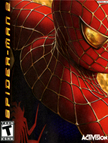 4. Spider-Man 2
4. Spider-Man 2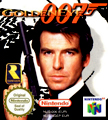 3. GoldenEye 007
3. GoldenEye 007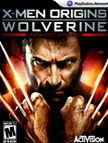 2. X-Men Origins: Wolverine – Uncaged Edition
2. X-Men Origins: Wolverine – Uncaged Edition 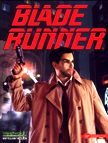 1. Blade Runner
1. Blade Runner 


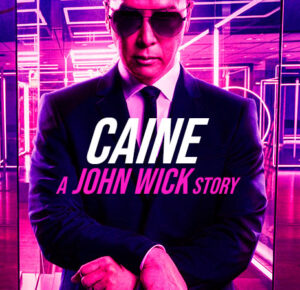

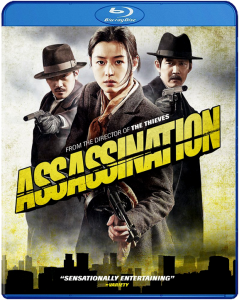
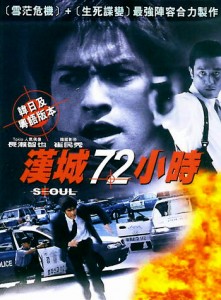

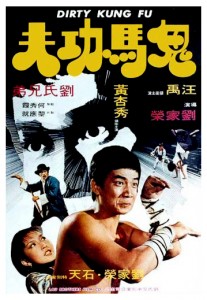
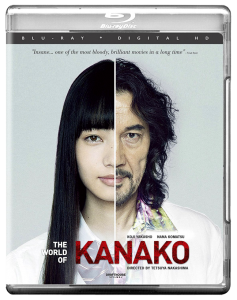
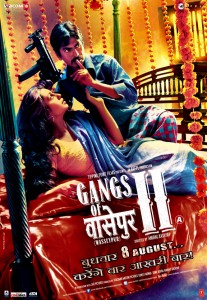

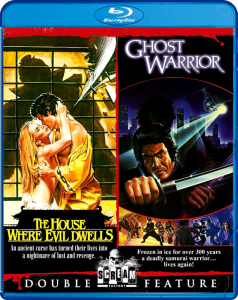
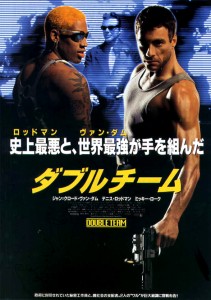
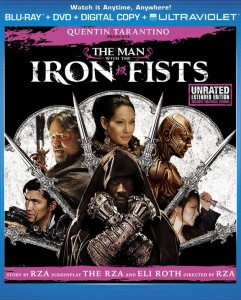
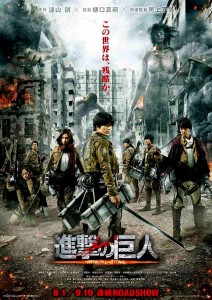
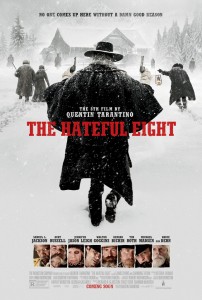
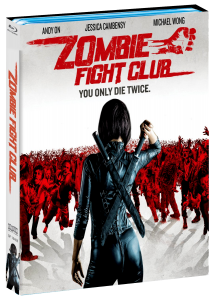




3 Comments